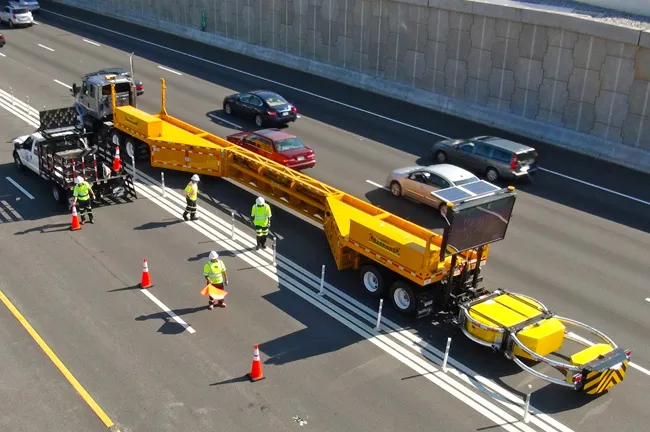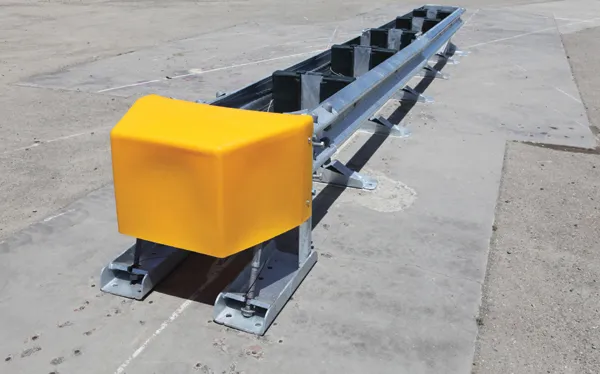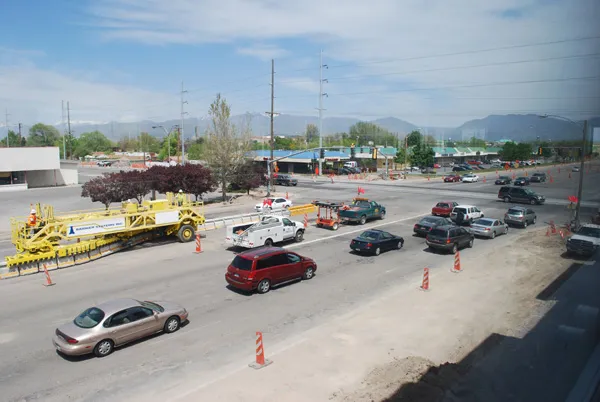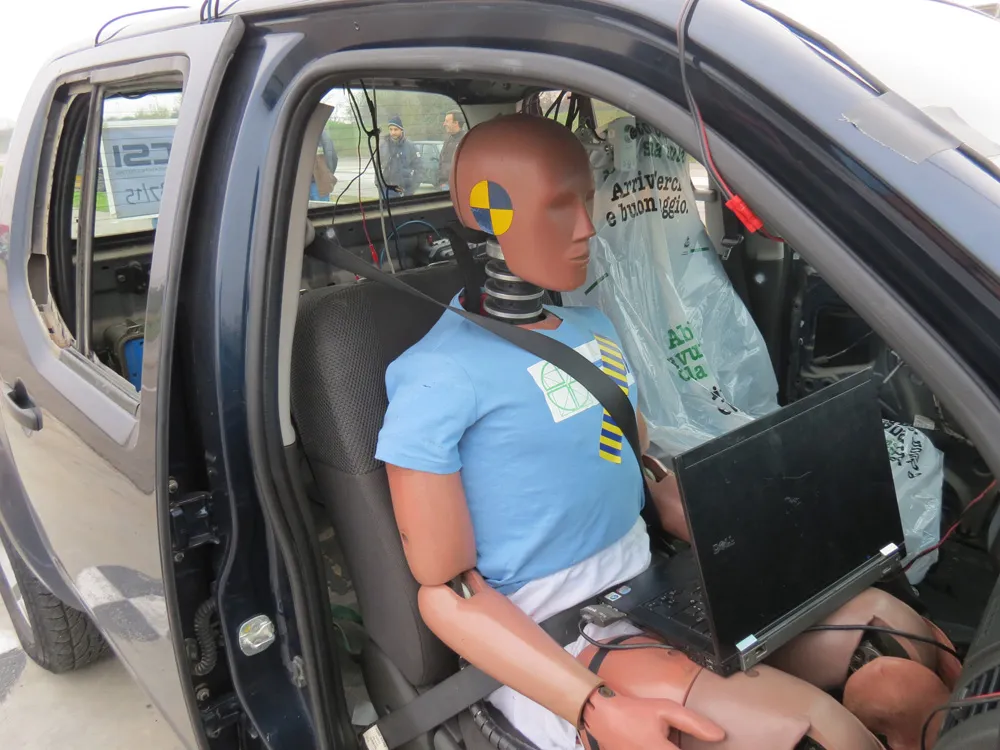
Two giant US-made 21m-long mobile barriers are now keeping highway maintenance workers safe in England.
The 16tonne barriers were made in by
With yearly operating costs of US$17,000, the MBT-1 can pay for itself with nominal usage, according to the manufacturer. This could be in less than two years with 10-15 lane closures per month.
The barriers are around 2.5m wide and 3.7m high. Ground clearance is just over 0.3m. Top speed for the combined barrier with its traction unit, two axels and four wheels is around 90kph.
The barriers absorb the side impact of a vehicle while a truck-mounted crash cushion at the rear gives further protection.
The MBT-1 can protect areas to either the right or the left side of the road depending on which end of the MBT-1 that the semi-tractor is attached. MBT-1’s design enables easy visual inspection, repair, and modular replacement in the case of an incident.
According to Mobile Barriers, the MBT-1 was conceived following a tragic incident in which two Colorado maintenance workers were killed by a wrong-way driver in June 2004. It underwent four years of development and refinement with the
Highways England also recently announced that self-driving trucks which could help speed up roadworks are being tested for the first time in England.
The dump trucks provide the potential to work around the clock, according to Highways England, so could help reduce the length of time of roadworks. By being autonomous they also reduce the risk of road workers being involved in incidents on site.
Highways England has committed around US$190,000 from its innovation designated fund into the dump truck trial on the A14 between Cambridge and Huntingdon, near London.









